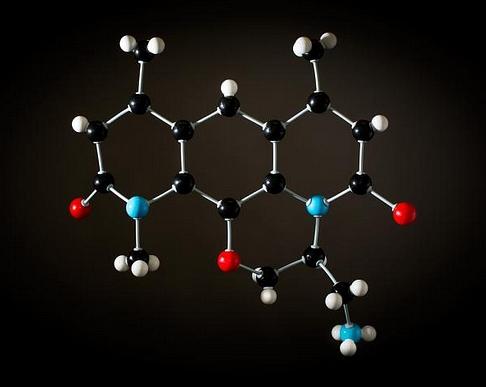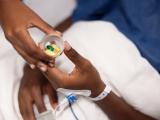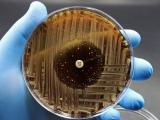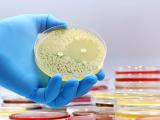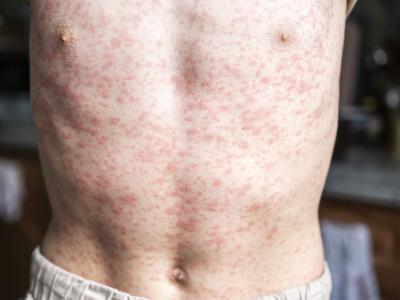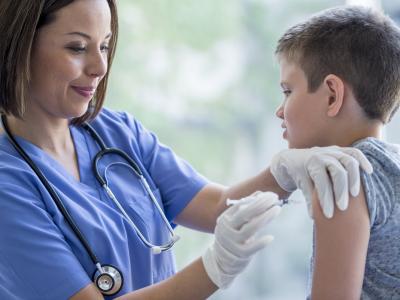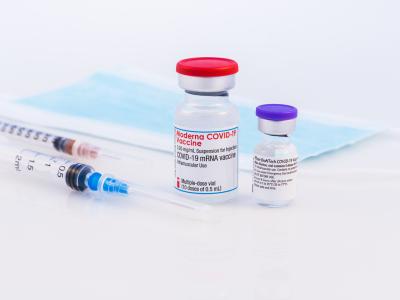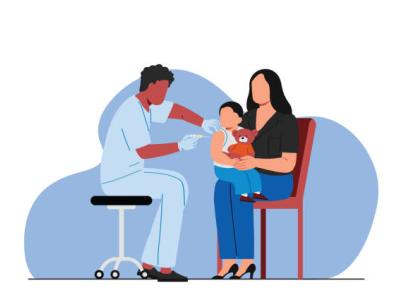Scientists at the University of Illinois have developed a strategy to turn antibiotics that kill gram-positive bacteria into drugs that can also take on more troublesome pathogens, a finding they believe could provide a pathway for discovery of new broad-spectrum antibiotics.
In a study yesterday in Nature, the scientists describe their efforts to uncover the properties necessary for antibiotics to accumulate inside gram-negative bacteria like Escherichia coli, Klebsiella pneumoniae, and Acinetobacter baumannii, in large enough numbers to kill them. The inability to find compounds that can penetrate the protective outer membrane of gram-negative bacteria has stymied new antibiotic development for decades.
As these bacterial pathogens grow increasingly resistant to current antibiotics, the pressure is rising to find new treatment options. In March, the World Health Organization released a list of "priority pathogens" that should be the target of antibiotic research and development. The list was dominated by gram-negative bacteria.
Paul Hergenrother, PhD, lead author of the study and a chemistry professor at the University of Illinois at Urbana-Champaign, believes he and his colleagues may have unlocked the code that could help researchers find those new treatment options.
"We're quite confident this is a good way to get compounds to accumulate inside gram-negative bacteria," Hergenrother told CIDRAP News.
Solving the gram-negative riddle
The standard method of antibiotic research involves screening large collections of compounds from commercial chemical libraries to see if they will work against bacteria. That method, Hergenrother explains, has almost universally failed because the compounds in these collections tend to have chemical structures that are much less complex than those found in nature.
"They tend to be devoid of certain functional groups that make compounds hard to purify, such as amines, and they don't have the type of contiguous and overlapping ring system that are present in many natural products," Hergenrother said. Amines, which are organic compounds that contain nitrogen, tend to be under-represented in commercial screening collections.
An example of this futility came in 2007, when drugmaker GlaxoSmithKline screened 500,000 synthetic compounds for whole-cell activity against E coli and couldn't get a single hit.
So Hergenrother and his team used their own collection of much more complex compounds that had been derived from natural products. And when they tested more than a hundred of these compounds for activity against E coli, they found a handful that were able to penetrate the outer membrane through proteins called porins—which form a channel through cellular membranes—and accumulate inside the bacteria. The compounds that were successful all contained primary amines.
Further experimentation with amine-containing compounds revealed, however, that primary amines weren't the only trait that compounds needed to be able to accumulate inside gram-negative bacteria, as not all the compounds with amines were successful. Through computational analysis of the compounds, the team identified two other properties that were necessary: The compounds needed to be fairly rigid and fairly flat to get through the porins.
"They don't have to be totally flat, but they can't be real spherical, and the flexibility needs to be limited," Hergenrother explained. "If something is more like a spaghetti noodle, it cannot get through these porins that are the gateway for drug entry in gram-negative bacteria."
The discovery of these traits helps explain why the antibiotic ampicillin, a derivative of the gram-positive antibiotic penicillin, is active against some gram-negative bacteria. The two compounds both have the right shape and flexibility, but the addition of the amine enables ampicillin to accumulate inside gram-negative bacteria.
"People have known this for nearly 60 years, and no one's really been able to make sense of it," Hergenrother said. "Now it makes perfect sense, because ampicillin has all three criteria."
New compound proves effective
With this knowledge in hand, Hergenrother and his colleagues hypothesized that adding a primary amine to a compound with known activity against gram-positive bacteria, in a position that did not alter its ability to engage with its biological target, could give that compound additional activity against gram-negative pathogens. So they attached an amine to deoxynybomycin (DNM), a natural compound that met the flexibility and shape requirements and is known to have potent properties against gram-positive bacteria like Staphylococcus aureus.
The new compound, called 6DNM-amine, was then tested against laboratory strains and clinical isolates of E coli, K pneumoniae, A baumanni, Enterobacter cloacae, and Pseudomonas aeruginosa, and was effective against all the pathogens except P aeruginosa, which is known to be more sensitive to antibiotics than other gram-negatives. The addition of the amine to DMN enabled the compound to slip through the porins in the outer membrane of gram-negative bacteria, accumulate inside the pathogens, and kill them.
"We showed that we could kill those bacteria," Hergenrother said. "And we showed that the compounds also accumulated, which was the key part of that."
While 6DNM-amine might not ultimately be a good candidate for antibiotic development—previous research on DNM has shown that it's difficult to isolate—the point, Hergenrother said, is that they, and others, now have a set of blueprints to convert other gram-positive-only antibiotics into broader-spectrum drugs. Some of the other FDA-approved drugs with potential for conversion to broad-spectrum antibiotics include linezolid, lincomycin, and clindamycin.
"There's a lot of other compounds…that one could do this to," Hergenrother said. "This was kind of our first demonstration case."
See also:
May 10 Nature article
